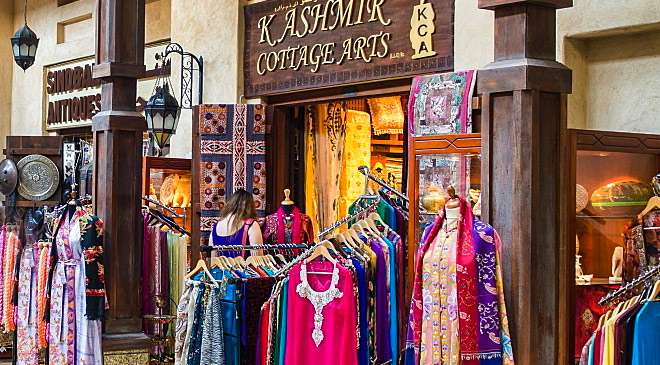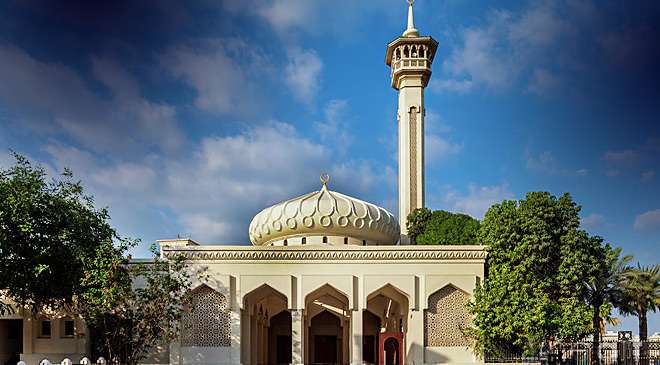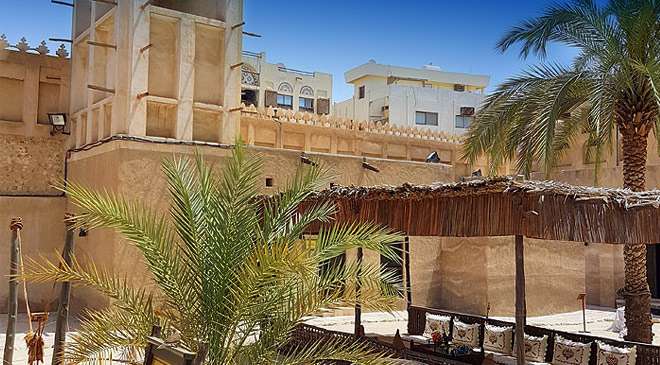Old Souks in the Arabic world have a very important role. In addition, old souks are always the heart of one town, city or district. They are great representations of the Arabic life and mentality.
The old Souks or marketplaces have a very long tradition in the Arabic world. Souk is a place where everything happens, from business deals to even long-lasting friendships. It breathes business, which is the oldest tradition and way of life, of every Arabic people. The old Souks everywhere have the same look, no matter if in Northern Africa or Middle East, the souk is the same souk, with the very same importance. An old souk is generally very big and divided to parts by generally unseen borders, which one can see, when visiting either more souks or one souk more times.
There is nothing, which you cannot find at any old souks, from any type of fruit to cars or homes. You can buy anything from these souks. One thing you should forget, that the Arabic people love dealing with people, love-spending time with them and they love negotiating. Therefore, it is a threat if you only go there, pay for something and then you leave. Many shopkeepers still make their guests sit, or they show them around, even offers them some mint tea and some small things to eat. They talk to the visitors and comfort them in every possible way.
People of any Arabic country usually love to spend their times in the old souks, where time stops. Therefore, if you ever get into one, you might only come out in the late evening hours when everything closes. There is generally a lunch or so-called siesta time even in the Arabic countries, but that is not that strict as in Spain or Italy, many shops remain open still in that time.
Every old souk has traditional coverings. The reason is definitely the climate. It is important for a souk to be covered so that the sun does not damage the goods. In addition, the people also can get some rest from the hot sun and spend their times relaxed over there. Usually, the old souks start with cafés, smaller restaurants and bars, and then continue with the fruit-selling part. There are also sweets-shops and butchers. The meaning of sweet shop is a little bit different over here. Most sweets-shop sells not only traditional sweets, but also special sweets, which people only buy when they are fasting. This might mainly mean for the Ramzan season, but many good Muslims also keep fasting besides these Ramadan days, which last from dusk, the very first prayer, to the late evening when the last prayer of the day is conducted. As many might have heard it, five Muslim prayers conducted daily, but anyone can pray even more than that. This is because Muslims say that the more you pray, the better it is.
After the butcher part, comes the textile and souvenir part, where you can buy any souvenirs and decorations from extra small to extra big. Also interesting to mention the dress and textile selling part of every souk, where you can see the traditional Muslim clothes for men, women and children and also many clothes and countless beautiful materials for the special occasions such as weddings. Then there are the leather goods, which always have a very important role in the Arabic countries. In old souks, you can buy anything from shoes and sandals to bags, seats, and other furniture covers. In addition, in the metals part of the souk, you can watch the traditional copper goods made, especially the huge copper plates. Here you can also see many traditional Arabic lamps. A Souk has so many stores and so colourful offer of goods that one’s eye remains wide-open during the whole time spent in a souk.
The most traditional souks of Dubai can be visited in the two old districts or Medina of Dubai, in Bur Dubai and in the Deira parts. However, the best old souks, specifically for selling gold are found in Deira.



